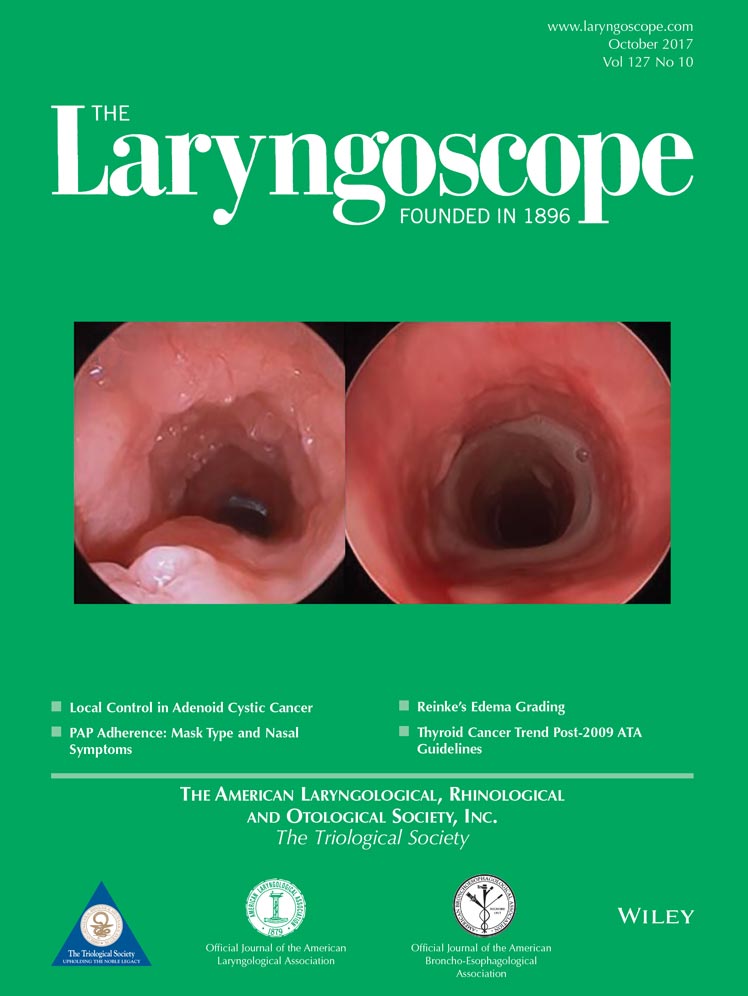Influence of human papillomavirus on the clinical presentation of oropharyngeal carcinoma in the United States
Dr. Banerjee's research was partially funded by grant CA 046592 from the National Cancer Institute. The authors have no other funding, financial relationships, or conflicts of interest to disclose.
Abstract
Objective
Much of what is known about the significance of human papillomavirus (HPV) in oropharyngeal squamous cell carcinoma is derived from single-institution retrospective studies, post hoc analyses of tissue specimens from clinical trials, and tissue bank studies with a small sample size. The objective of this study is to investigate the impact of HPV on the frequency and clinical presentation of oropharyngeal carcinoma in a large, national sample with information from patients who underwent HPV testing.
Study Design
Retrospective, cross-sectional study.
Methods
We identified a comprehensive national sample of 8,359 patients with oropharyngeal carcinoma and known HPV status diagnosed between 2010 and 2011 within the National Cancer Database. Multivariable logistic regression was used to assess correlates of patient and tumor characteristics on HPV status.
Results
Among patients with oropharyngeal carcinoma, the frequency of HPV-related squamous cell carcinoma in the United States was 65.4%. HPV-related oropharyngeal carcinoma was associated with younger age, male sex, and white race (P < 0.001). Advanced primary tumor stage was associated with HPV-negative disease (P < 0.001), whereas increasing nodal burden was associated with HPV-positive disease (P < 0.001). Despite less-advanced nodal disease, HPV-negative tumors were associated with a higher likelihood of metastasis at presentation (P < 0.001).
Conclusion
HPV now accounts for the majority of newly diagnosed oropharyngeal carcinoma in the United States and is associated with a distinct clinical profile, supporting efforts to re-evaluate the staging and treatment paradigm for HPV-associated oropharyngeal cancer.
Level of Evidence
4. Laryngoscope, 127:2270–2278, 2017




